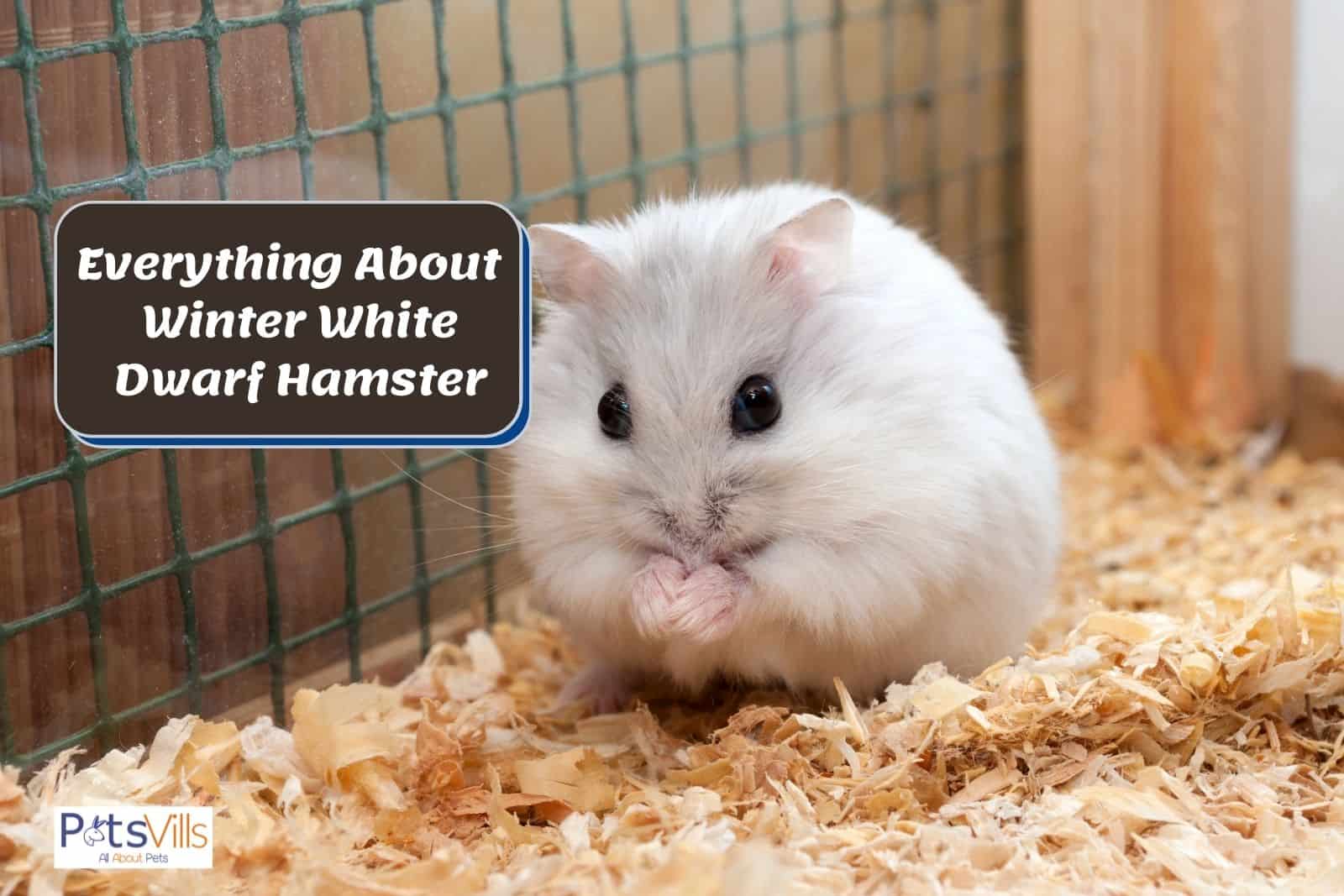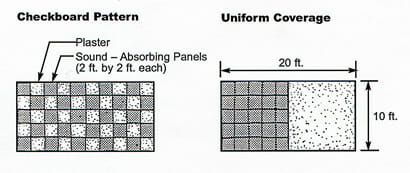If you’re a hamster owner, you know firsthand how much noise those little furballs can make! Whether it’s their squeaking wheel, rustling bedding, or constant scratching, it can all add up to a lot of noise in your home. But don’t worry – we’ve got some tips and tricks to help you reduce the noise levels and keep your hamster happy and healthy. So read on to find out how you can create a quieter home for your beloved pet.

1. Choosing a barless cage to reduce hamster noise levels
When it comes to housing a hamster, choosing the right cage can make a huge difference in reducing noise levels. Opting for a barless cage can eliminate the clanging and rattling that can be caused by traditionally barred cages. It’s also important to make sure the cage is durable and made of safe materials for your furry friend. But a good cage is not the only solution, providing nontoxic chew toys and a silent exercise wheel can also help to reduce noise levels.
Another factor to consider is the location of the cage – placing it in a quiet part of the home will help to create a calm environment for your small pet. By taking these steps, you can ensure that your hamster’s home is as comfortable and low-stress as possible.

2. Providing non-toxic chew toys for nighttime gnawing
To help reduce the noise levels in the home when owning a hamster, providing nontoxic chew toys for nighttime gnawing can greatly benefit both the hamster and the owner. In addition to choosing a barless cage and placing it in a quiet part of the home, chewing toys can also make a big difference. DIY hamster toys can easily be made from materials like cardboard boxes or toilet paper rolls or purchased online.
Kathson’s 15 PCS Hamster Chew Toys Teeth Grinding Lava Block, for example, is strong enough to keep your pet from biting anything else in your home. Placing the chew toy with a mixture of hamster food and letting it dry overnight can also provide a fun and nutritious distraction for your furry friend. Overall, providing a variety of safe and engaging chew toys can keep your hamster content and reduce their nighttime gnawing.
3. Using a silent exercise wheel designed for hamsters
In addition to choosing a barless cage and providing nontoxic toys for nighttime gnawing, another way to reduce noise levels in the home for hamsters is by using a silent exercise wheel designed specifically for them. Hamsters are nocturnal creatures and enjoy exercising at night, which can be disruptive to their human housemates.
By investing in a double-bearing and silent design wheel, hamsters can run to their heart’s content without disturbing anyone’s sleep. It is important to look for a brand that explicitly states its “quiet” or “silent” design to minimize unnecessary noise.
Placing the hamster’s cage in a quiet part of the home and considering the biological effects of noise on hamsters are also factors to keep in mind when trying to reduce noise levels. By using sound-absorbing materials like SoundBreak™ Acoustical Panels, people can further reduce the decibel levels in their homes.
Additionally, lowering oneself to eye level with the hamster can help reduce stress levels for the animal, as well as provide a clean and comfortable living space. Lastly, including enrichment items like cork can mentally stimulate and distract the hamster, leading to more content and less noisy pet.

4. Placing the cage in a quiet part of the home
To further reduce noise levels for your hamster, it’s crucial to place the cage in a quiet part of the home. This means avoiding busy rooms, TV or music systems, and other sources of loud noise. Hamsters are especially sensitive to sound, so it’s essential to keep them in a peaceful environment. When choosing a location, consider the biological effects of noise on hamsters, and how it can cause them stress. Additionally, make sure the cage is in a clean and dry area, away from any potential hazards. By providing a calm space, you can help your hamster feel more relaxed and comfortable in their new home.

5. Considering the biological effects of noise on hamsters
Hamsters are sensitive creatures and are known to be influenced by their environment. An often-overlooked factor is the influence of noise on their health and well-being. Research suggests that exposure to sound levels louder than 85 dB can lead to biological disturbances in hamsters such as increased chronic stress levels and decreased immunity to acute stress. It is important to carefully consider the biological effects of noise on hamsters when setting up their living environment. By reducing noise levels in the home, owners can provide their hamsters with a comfortable and stress-free living space.
This can be achieved by choosing a barless cage, providing nontoxic chew toys, and using a silent exercise wheel designed for hamsters. Placing the cage in a quiet part of the home and using SoundBreak™ Acoustical Panels can also help reduce noise levels. Additionally, owners can lower themselves to eye level with the hamster to reduce stress and provide a clean and dry cage for comfort. By allowing for a day of transition into the new home with minimal noise and including enrichment like cork for mental stimulation and distraction, owners can further support their hamster’s overall well-being.

6. Using SoundBreak™ Acoustical Panels to reduce dB levels
To continue with the efforts to reduce noise levels in the home for hamsters, using SoundBreak™ Acoustical Panels can be a game-changer. These panels are specially designed to reduce dB levels by absorbing sound and reducing echo. By placing these panels in the hamster’s living environment, the overall A-weighted sound level can significantly decrease.
This can have a positive impact on the hamster’s well-being as noise can cause stress and lower productivity. Along with other measures like providing a silent exercise wheel and placing the cage in a quiet part of the home, using SoundBreak™ Acoustical Panels can make a hamster’s living environment more comfortable and conducive to their needs.

7. Lowering yourself to eye level with the hamster to reduce stress
Another helpful tip for reducing noise levels in a hamster’s home is to lower yourself to eye level with the hamster. This not only decreases the hamster’s stress levels but also lets you make sure there are no other stressors in the environment. By being at the same level as the hamster, you can observe its behavior and ensure that it is comfortable and content. This technique can be used in conjunction with other ways to calm down a stressed hamster, such as providing spacious and clean cages and ensuring a peaceful room environment. By taking care of these details, you can ensure a happier and healthier life for your furry friend.

8. Providing a clean and dry cage for comfort
In addition to reducing noise levels in the hamster’s home, it’s important to provide a clean and dry cage for their comfort. As mentioned earlier, hamsters require a comfortable, draught-free, and clean space to live and move about. A dirty and damp cage can lead to health problems and discomfort for your furry friend. Regular cleaning and bedding changes are essential to maintaining a healthy living environment for your hamster.
Additionally, keeping the cage dry is important for preventing respiratory problems and ensuring your hamster remains warm and cozy. Providing a clean and dry cage is a simple yet vital aspect of caring for your hamster and promoting its well-being.

9. Allowing for a day of transition into the new home with minimal noise
When bringing home a new hamster, it’s important to allow for a day of transition into their new home with minimal noise. This means avoiding handling and interaction during the first few days to let them get used to their surroundings. Placing the cage in a quiet part of the home can also help reduce stress for the hamster.
Providing a clean and dry cage and including enrichment like cork can promote mental stimulation and distraction during this period. By giving your new furry friend time to adjust without any added stress, you can help them feel more comfortable in their new environment and reduce the likelihood of excessive noise or other unwanted behaviors.

10. Including enrichment like cork for mental stimulation and distraction
Including enrichment for hamsters is crucial for their mental stimulation and overall well-being. As mentioned previously, items with various textures like cork rounds can provide entertainment and distraction for hamsters. Not only does this help reduce stress and prevent boredom, but it also promotes natural behaviors such as digging and exploring. The addition of enrichment items like cork can also encourage exercise and physical activity, which is important for keeping your hamster healthy. When combined with other noise-reducing measures like a silent exercise wheel and placing the cage in a quiet location, enrichment items can create an optimal environment for your hamster to thrive in.
- From Babies To Adults: Navigating Hamster Development Milestones - April 14, 2024
- From Seeds To Treats: Unveiling The Secrets Of Hamster Diet And Behavior - April 14, 2024
- A Culinary Adventure: Discovering The Delightful Hamster Diet Variety - April 14, 2024


